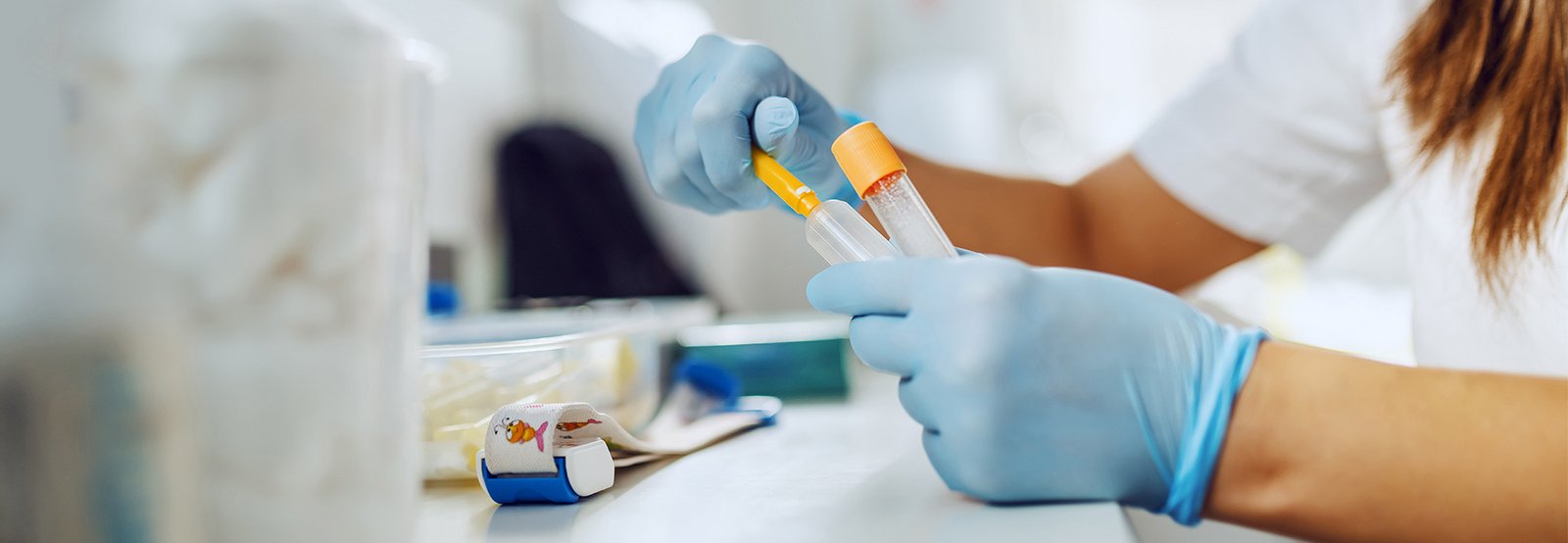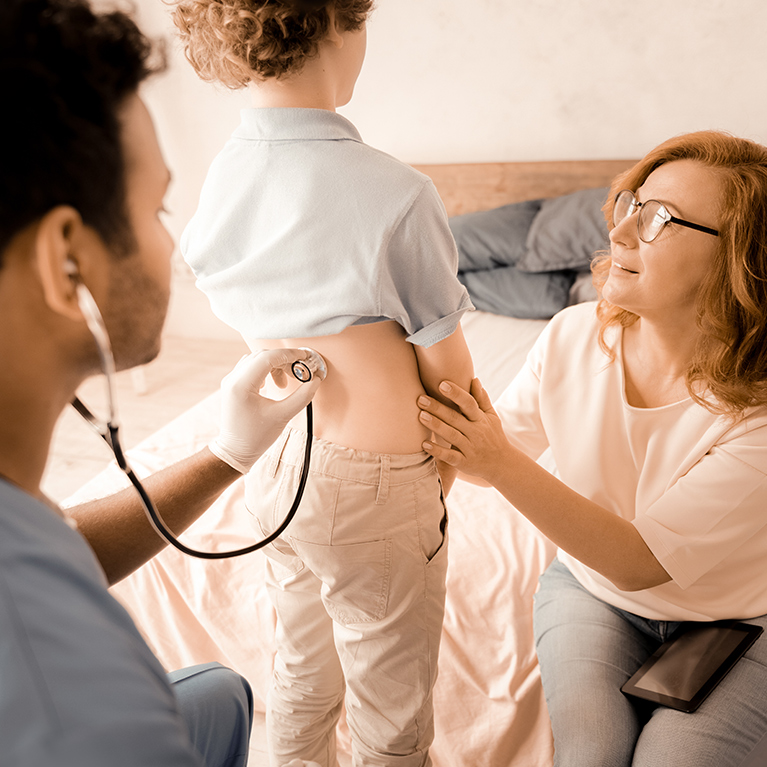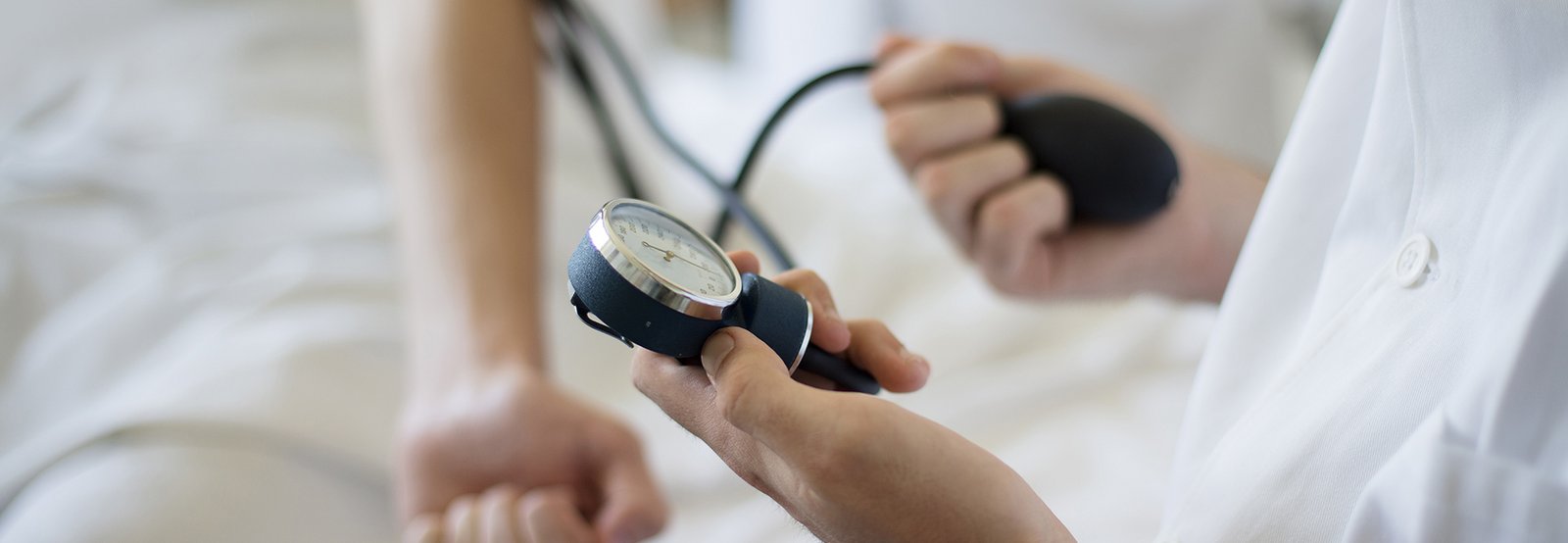
How is a medicinal product developed for children and adolescents?
– Preclinical studies
– Clinical medicinal product trials
- Phase I study
- Phase II study
- Phase III study
- Phase IV study

In these studies the first step is to search for active substances with potential therapeutic effects. Once such an active substance has been identified, it is then intensively tested in laboratory experiments, cell cultures and then on animals. The active substance is only developed further if it is sufficiently effective in these trials. The main focus here is on the intensive observation of possible adverse reactions.
Phase I:
In the first phase the administered amount (dose), tolerability and distribution of the medicinal product in the human body is evaluated. Only a few participants take part in this phase. A Phase I study is only conducted on children in exceptional cases, for example in the case of diseases that only occur in childhood.
Phase II:
Based on the results of Phase I, the medicinal product is tested in a larger group of patients in the second phase to further evaluate its efficacy. Participating children and adolescents are carefully selected before the start of the phase. Predefined inclusion and exclusion criteria, such as age group or stage of the disease, also apply.

Phase III:
This phase involves a larger number of patients who participate in the study over a longer period of time. In this phase, a positive efficacy result leads to approval of the medicinal product by the competent authority. If efficacy is proven, various methods of dosage are developed for the selected substance. These include liquids for injections and infusions, juices or tablets for swallowing and sprays for inhaling. These studies are also necessary for proper approval with children. Depending on the type of substance, the child-friendly methods, such as suitable tablet sizes or juices, are tested on adult volunteers or on adults with advanced disease patterns.
For optimal confirmation of the effect and also to systematically identify adverse reactions, at least two parallel groups of participants are compared. One group receives the new medicinal product to be tested and a control group receives the standard treatment or a placebo. In studies with children or adolescents, the use of placebos only occurs in exceptional cases and in combination with an explicit indication.
Phase IV:
Even after successful approval, a medicinal product is continuously tested and monitored. Here, the main objective is to observe whether treatment with the medicinal product can still be optimised. Monitoring larger groups of patients over a longer period of time also enables better monitoring of rare adverse reactions and drug interactions.
